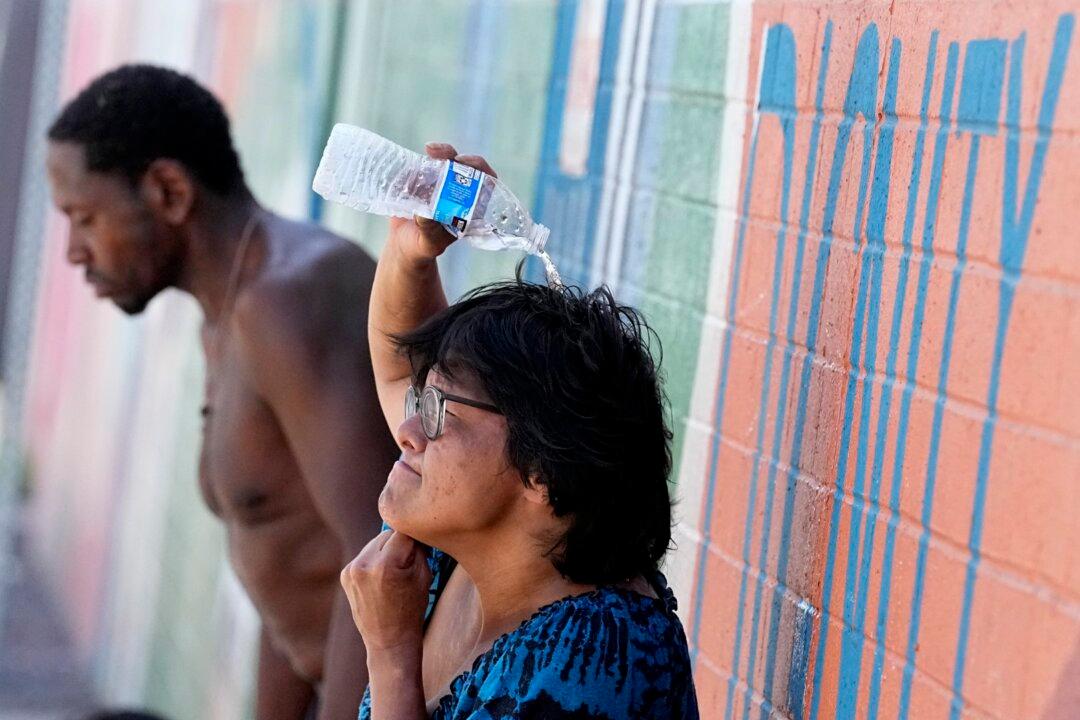Over the last few years, Americans in general have stayed put. In fact, 2022’s migration rate of 8.7 percent was just slightly higher than 2021’s record low of 8.4 percent, the lowest migration rate in 75 years.
One migration trend continues to get attention, however. Left-leaning states like California, New York, and Illinois continue to bleed residents. According to a Dec. 22, 2022 report by the Census Bureau, the top two states losing population in 2022 were California (-343,230), and New York (-299,557). Both are controlled by Democrats. Meanwhile, between July 2021 and July 2022, Democrat-controlled Illinois was second only to New York in population decline.





